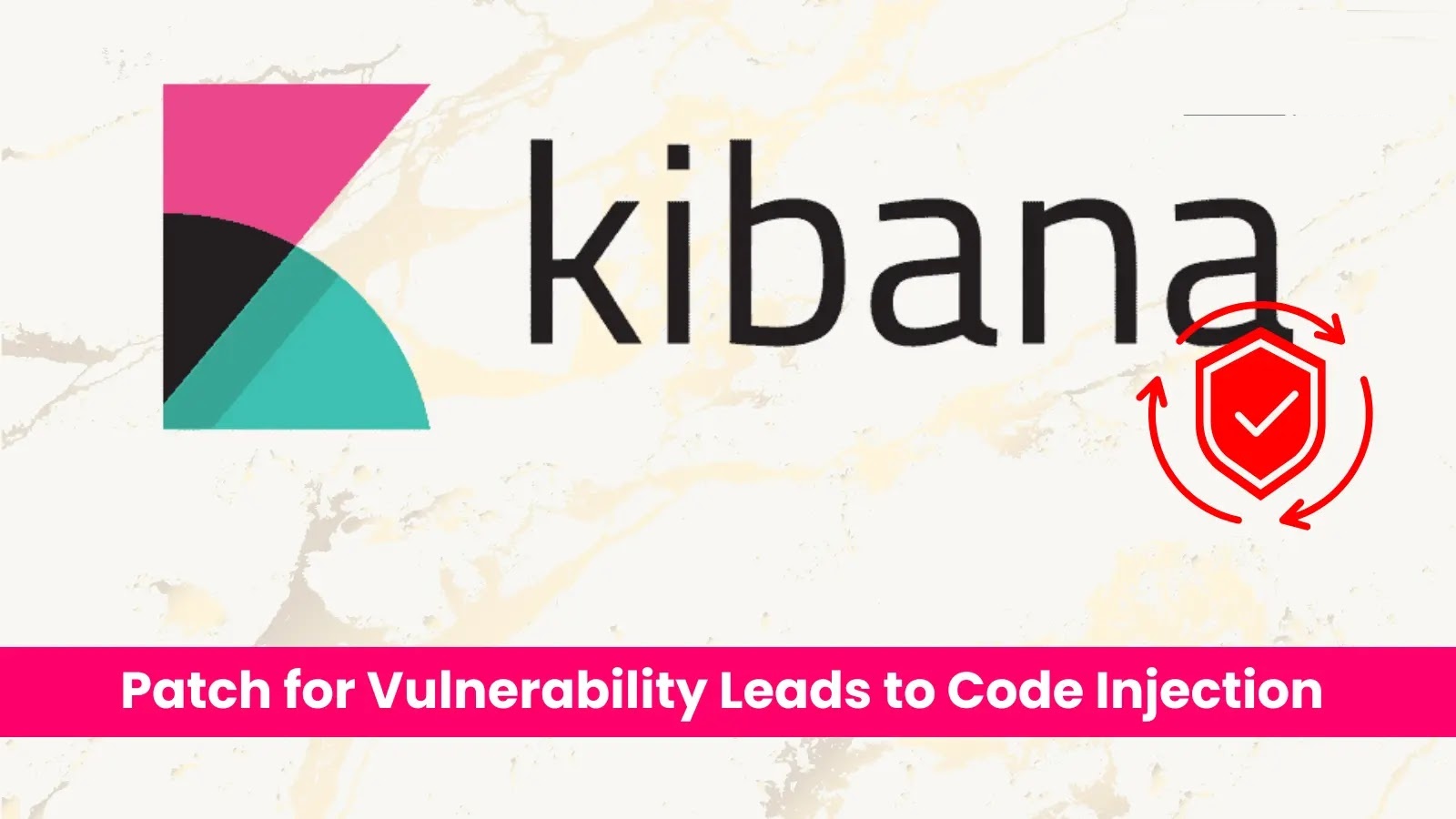Elastic has recently addressed a critical security vulnerability in Kibana, identified as CVE-2025-25012, which could allow authenticated attackers to execute arbitrary code on affected systems. This flaw, rated 9.9 on the CVSS v3.1 scale, arises from a prototype pollution issue within Kibana’s file upload handler and HTTP request processing mechanisms. Exploitation of this vulnerability could lead to full system compromise, data exfiltration, or service disruption.
Understanding the Vulnerability
Prototype pollution is a type of vulnerability specific to JavaScript applications, including those built on Node.js, like Kibana. It allows attackers to manipulate an object’s prototype, introducing or overwriting properties that should not be accessible. In the context of Kibana, this flaw enables malicious actors to:
– Upload files containing harmful code.
– Use path traversal techniques to write to unintended locations.
– Pollute object prototypes to affect server logic.
– Execute arbitrary code within the Kibana environment.
This vulnerability is classified under CWE-1321 (Improper Control of Prototype-Based Attribute Modifications) and aligns with MITRE ATT&CK tactic T1059 (Command and Scripting Interpreter).
Affected Versions
The vulnerability impacts the following Kibana versions:
– Kibana 8.15.0 to 8.17.0: Exploitable by users with the Viewer role.
– Kibana 8.17.1 and 8.17.2: Requires users possessing fleet-all, integrations-all, and actions:execute-advanced-connectors privileges.
Elastic’s advisory warns that exploitation is trivial for attackers with valid credentials, requiring no advanced tooling or reverse engineering.
Potential Impact
Successful exploitation of CVE-2025-25012 could result in:
– Remote Code Execution (RCE): Full control over Kibana servers.
– Data Breaches: Unauthorized access to Elasticsearch clusters, API keys, and sensitive logs.
– Lateral Movement: Compromised Kibana instances could serve as entry points into broader infrastructure.
The severity of this vulnerability is amplified by Kibana’s role in centralized logging and analytics. Organizations using Kibana for security monitoring (via Elastic Security) face heightened risks, as attackers could disable alerts or manipulate threat-detection pipelines.
Mitigation Strategies
Elastic has released Kibana version 8.17.3 to address this flaw. Administrators are strongly advised to upgrade immediately. For systems requiring temporary mitigation, disabling the Integration Assistant by adding the following line to the `kibana.yml` configuration file is recommended:
“`
xpack.integration_assistant.enabled: false
“`
This measure restricts attack surfaces but does not eliminate the risk. As of writing, no public proof-of-concept exploits exist.
Elastic Cloud deployments have received automated patches, but self-managed clusters require manual intervention.
Regulatory Implications
Organizations failing to patch may risk regulatory penalties under GDPR and HIPAA, given Kibana’s frequent processing of sensitive data. This incident underscores the critical need for real-time vulnerability monitoring in data analytics platforms.
Conclusion
The discovery of CVE-2025-25012 highlights the importance of maintaining up-to-date software and regularly reviewing security configurations. While Elastic has provided solutions and mitigations, users ultimately have the responsibility to ensure their systems are protected. In an era of increasingly sophisticated cyber threats, staying informed about vulnerabilities and promptly applying patches is crucial.
Organizations should also consider implementing additional security measures, such as network segmentation and intrusion detection systems, to safeguard their environments further.



